You open Instagram for “just five minutes”, and suddenly it’s midnight. You’ve seen thirty creators launch new products, two people announce their book deals, and someone you admire casually posts a video that looks like a short film. You were only going to check notifications; now your brain feels like it ran a marathon you never signed up for.
This is what social media addiction looks like for creators. It’s not the addiction to content itself, but to comparison. You scroll to connect, but end up questioning your pace, your worth, even your direction.
Creators don’t use social media like everyone else. They live in it. It’s your stage, your portfolio, your community, your pulse. But it’s also the biggest source of social media pressure, a constant reminder that someone out there is doing more, faster, and better.
We’ve built entire careers on platforms that reward consistency but punish stillness. It’s easy to feel like taking a break means disappearing. But what if the problem isn’t social media itself; it’s how we consume it?
This blog isn’t about quitting social. It’s about changing the way we use it. Imagine a system, a Healthy Social Consumption Protocol, that helps you transform scrolling into something nourishing, something that protects your creative energy instead of draining it.
Wollertz Photography.
The Modern Creator’s Paradox
For most of history, artists and thinkers worked in solitude, drawing inspiration from nature, conversation, and observation. Today, inspiration is an algorithm. You don’t stumble upon it; you scroll into it.
And that’s the paradox. Social media gives you reach and relevance, but it also rewires how you see yourself. You measure your worth by your visibility. You confuse silence for failure because the platform is always loud.
Every creator has felt it: that quiet anxiety after seeing someone else’s “big moment.” You know their success doesn’t diminish yours, but your nervous system doesn’t. It responds like a threat. Suddenly, you’re not inspired, you’re behind.
That’s how social media pressure creeps in. It turns creativity, which is meant to be playful, into performance. It’s not enough to create; you must post, optimize, engage, stay consistent, and stay seen. You start building for the algorithm, not from the heart.
This constant loop of comparison, validation, and self-doubt fuels social media addiction, not because you love it, but because it’s built to make you chase the next hit of relevance.
But there’s another way to live and create, one that honors both your art and your peace.
Why Comparison Hurts Creators More
Comparison is a natural human instinct. We use it to learn, improve, and find belonging. However, for creators, comparison occurs in public, amplified by pixels and the pursuit of perfection.
When you see someone’s work go viral, your brain doesn’t process it as information; it processes it as evidence. Evidence that you’re late, less talented, or unproductive. The truth is far simpler: you’re seeing someone’s highlight reel, edited to feel effortless.
The psychology of social media addiction lies in this illusion of ease. You scroll through success after success and forget that behind every post is a process, and behind every process, the same self-doubt you feel.
The more time you spend comparing, the more your creative voice fades. You begin editing ideas before they’re born. You hesitate to share something raw or unpolished because the feed has trained you to equate authenticity with risk.
That’s why creators need not just discipline but a new relationship with consumption. A conscious structure that keeps you from drowning in the digital tide.
The Consumption Protocol: Rewiring Your Digital Diet
Let’s start with a simple truth: your creativity is shaped by what you consume.
If your daily feed is full of trends, controversies, and constant achievement, your brain starts producing from that frequency: reactive, rushed, restless. But if you feed it with intention, curiosity, and calm, it responds with clarity.
This is where the Healthy Social Consumption Protocol begins. It’s not about rigid rules or productivity hacks. It’s about returning to ownership, deciding what enters your mental space, and when.
Step One: Audit Your Inputs
Take a slow scroll through your feed and notice how your body reacts. Some accounts will make you smile, spark ideas, or motivate you. Others will tighten your chest, make you second-guess, or pull you into invisible competition.
That’s your compass. The goal isn’t to unfollow everyone who’s doing well; it’s to filter intention. Some creators inspire you because they share openly, teach generously, or reflect a path you admire. Others simply trigger you.
Mute. Curate. Cleanse. When you start treating your feed like your creative pantry, you’ll notice how much lighter your mind feels. This isn’t digital detox; it’s digital nutrition.
Step Two: Time-Box Your Consumption
Creativity needs boundaries. The endless scroll kills not just time but perspective. Without limits, your brain never exits “input mode” long enough to produce output.
Try setting windows of consumption instead of letting it bleed through your day. Maybe mid-morning and late afternoon. Not before creating, not before sleep. When you contain your scrolling, you transform it from compulsion into ritual. You reclaim the narrative.
This small act, picking when you’ll go online, is the first crack in the armor of social media addiction. It teaches your brain that you decide when to open the door, not the algorithm.

Step Three: Create Before You Consume
This one rule alone can change your creative life. Every morning, before you open a single app, create something, anything. Write a line, draw a sketch, brainstorm a concept, record a few thoughts. It doesn’t need to be good. It just needs to be yours.
When you create first, you anchor your identity in doing rather than seeing. You remind yourself that your purpose isn’t to compare; it’s to express.
Over time, this practice dissolves the subtle envy that comes from consuming before creating. You’ll find yourself scrolling with more curiosity and less judgment, because you’ve already poured from your own well.
Your feed becomes a reference, not a ruler.
Step Four: Curate Inspiration Playlists
Not all scrolling is bad. When done consciously, it can be research, education, and fuel. But you must separate inspiration from distraction.
Instead of liking everything that moves you, save it. Organize it. Build small “inspiration playlists”, folders, or boards where each post represents a creative spark.
And here’s the trick: when you save something, ask yourself why. What do I admire here? The composition? The message? The confidence? This question flips your emotional response from envy to analysis.
You stop saying, “I wish I could,” and start thinking, “How did they?” This subtle shift rewires your social media pressure into learning energy. Soon, your saved posts become a personal library, not of competition, but of inspiration that aligns with your growth.
Step Five: Reflect and Reset
Your digital life, like your creative life, needs regular maintenance. Once a week, pause. No content, no analysis, no catching up. Just reflect.
Ask yourself what your week online felt like. Did it energize you or exhaust you? What kind of content pulled you in, and how did you feel after engaging with it?
This awareness is the antidote to social media addiction. It turns consumption into a conscious choice. Then, once a week, disconnect completely. Step into silence, a walk, a meal with no screens, an evening without notifications. Let your nervous system remember what stillness feels like. That’s where creative recovery begins.
In that quiet space, you’ll notice something subtle but powerful: the return of curiosity.
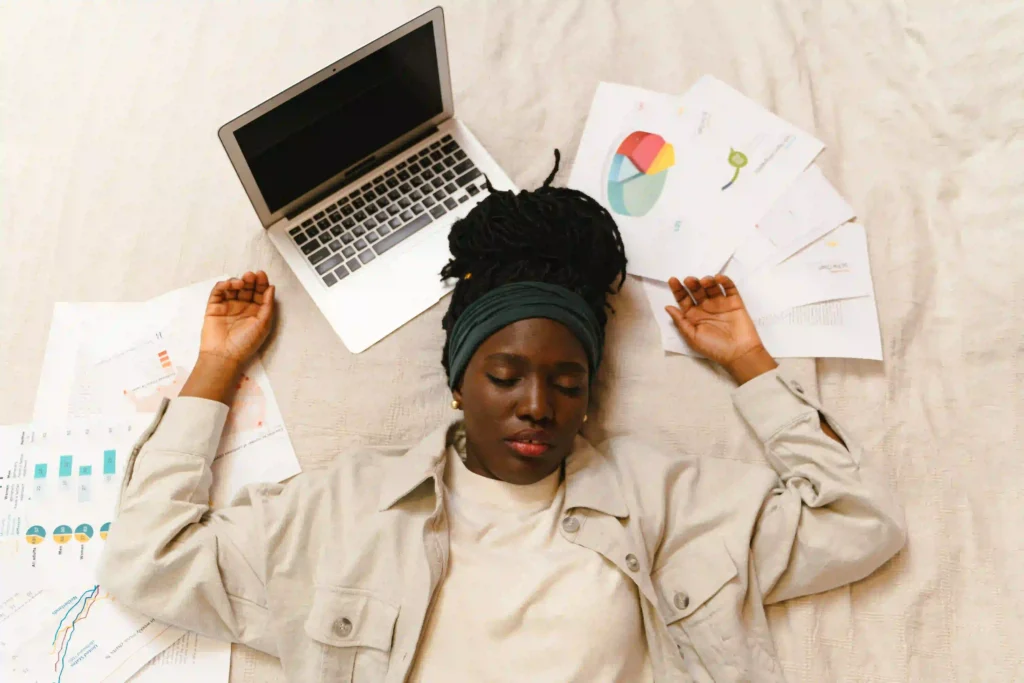
A Recap: The 5-Step Healthy Social Consumption Protocol
| Step | Focus | Purpose |
|---|---|---|
| 1 | Audit your inputs | Filter what fuels vs. drains you |
| 2 | Time-box consumption | Give scrolling structure |
| 3 | Create before you consume | Anchor your originality |
| 4 | Curate inspiration playlists | Turn envy into research |
| 5 | Reflect & reset weekly | Sustain long-term clarity |
Healthy social media is not about abandoning the digital world; it’s about mastering your presence within it. When you consume intentionally, you don’t just protect your peace, you sharpen your art.
The next time you pick up your phone, remember: you’re not just scrolling through other people’s stories. You’re shaping the environment that writes your own.
From Comparison to Creation: Turning Social into Input
Let’s be honest, we don’t want to quit social media. We want to feel good while using it. We want to scroll and leave inspired, not insecure. That’s possible, if you reframe what scrolling means.
Start seeing social media not as a scoreboard, but as a classroom. When you find a creator whose work moves you, study the craft, not the numbers. What storytelling techniques do they use? What tone do they strike? What makes their visuals resonate?
When you analyze, you shift from comparison to curiosity. You begin to see other creators as teachers, not rivals.
And here’s the beautiful twist: the more you learn from others without competing, the more original you become. Because you’re drawing from understanding, not imitation. Over time, this reframing builds what I call creative neutrality, that calm confidence that lets you admire without absorbing, observe without shrinking.
The result? Social media becomes input, not anxiety. It stops stealing your self-worth and starts feeding your creative vocabulary.
The Mindful Feed: Designing a Digital Space That Feeds You
Algorithms don’t just reflect your behavior; they learn it. Every post you linger on teaches your feed what to serve you next. Which means you can retrain it.
Start intentionally engaging with the content that reflects your best creative self. Comment on meaningful posts, save art that challenges you, and watch tutorials that expand your skillset. Over a few weeks, your feed will mirror your growth, not your insecurities. You’ll scroll through more content that uplifts and less that agitates.
And then, establish boundaries. Turn off notifications. Keep work and personal accounts separate. Create sacred offline hours, especially mornings and nights, where no platform can touch your peace. When you design your feed consciously, social media pressure loses its grip. Your attention stops being a free commodity and becomes a curated resource.
You start scrolling with presence. You post with purpose. You live with a lighter mind.
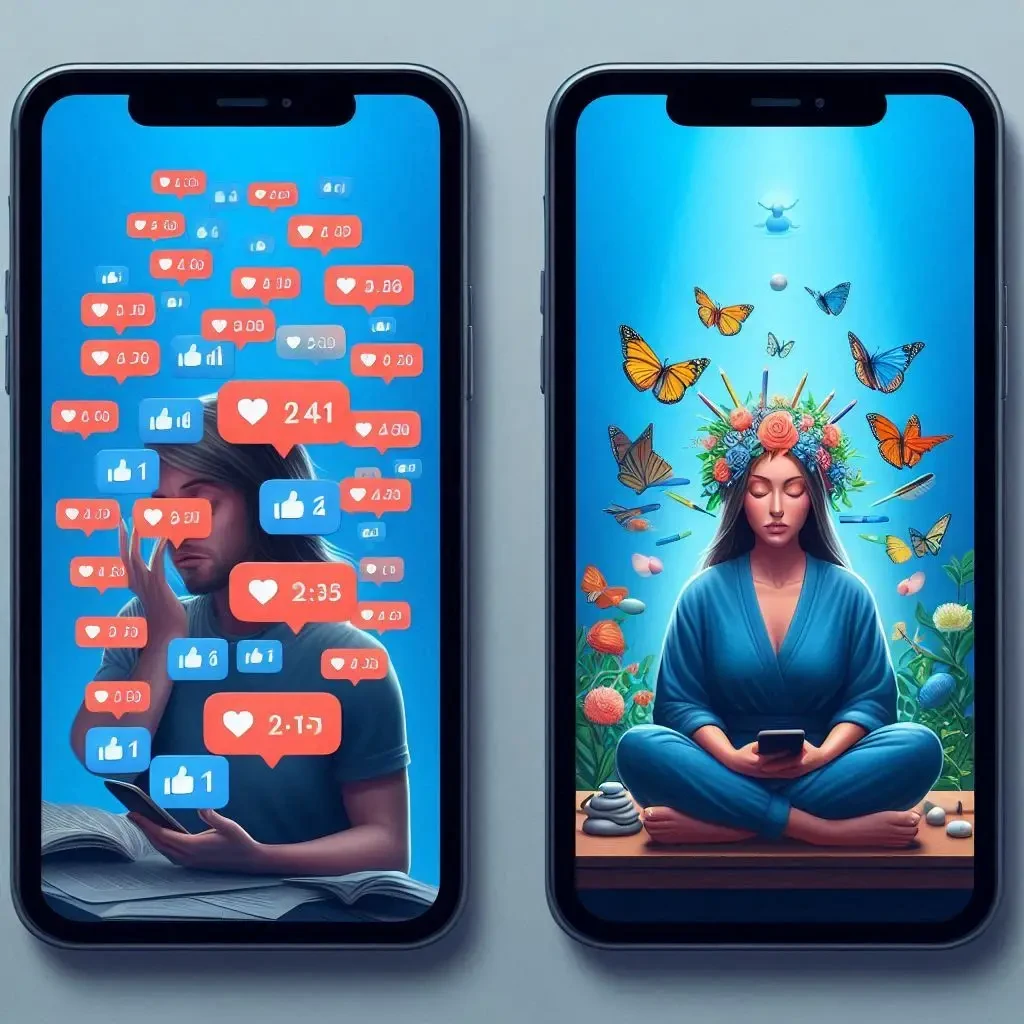
The Creator’s Manifesto for Healthy Social
If there’s one thing every creator should remember, it’s this: social media is a tool, not a timeline. It’s not your calendar, not your scoreboard, not your self-worth meter.
You are allowed to move at your own pace. You are allowed to rest. You are allowed to exist beyond the grid.
Healthy social media for creators isn’t about cutting off connections; it’s about redefining them. It’s about creating boundaries strong enough to hold your peace, yet flexible enough to allow joy, curiosity, and discovery.
So let’s make a pact, a quiet manifesto for every creator who’s ever felt behind:
You will create before you consume.
You will scroll to learn, not to compare.
You will mute what distorts your peace and amplify what nourishes your art.
You will remember that algorithms are not your audience, and numbers are not your worth.
When you treat social media as a collaborator, not a competitor, it begins to serve you again. Because the healthiest social media isn’t less, it’s better.
Closing Reflection: The Return to Wholeness
You were never meant to create in constant comparison. Your creativity was born in silence, in observation, in the small details of life that no algorithm can replicate.
Social media can amplify your work, but it cannot define it. The most meaningful growth often happens in the moments no one sees, the practice, the pause, the quiet decision to stay authentic even when trends change.
The Healthy Social Consumption Protocol isn’t just a method. It’s a mindset, a way of remembering that you are not behind; you are simply building something that takes time.
So the next time you open your feed, pause for half a second. Feel your breath. Ask yourself: Is this helping me create or making me compare? And if it’s the latter, gently put your phone down. The world can wait. Your art, your peace, and your presence. Those are the true metrics of success.
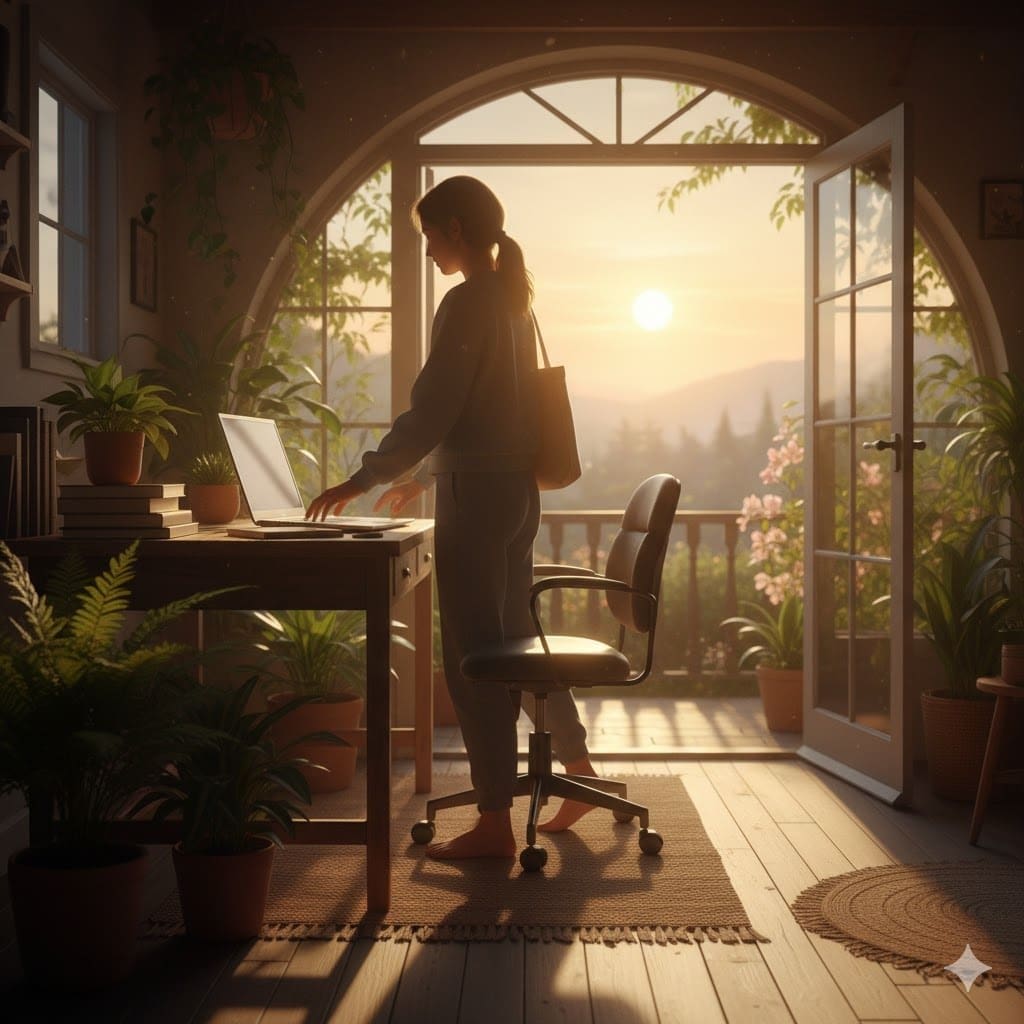
FAQs
What are healthy social habits for creators?
Healthy social habits involve mindful consumption of social media, setting boundaries, creating before consuming, curating content that inspires rather than triggers comparison, and taking regular breaks to protect your creative energy.
How can I stop comparing myself to other creators online?
Start by auditing your feed, muting accounts that trigger negative emotions, focusing on learning from others instead of competing, and creating first before scrolling. Curate “inspiration playlists” to shift attention from envy to curiosity.
How much time should I spend on social media daily?
There’s no one-size-fits-all answer, but using time-boxing, like specific windows for browsing, can prevent endless scrolling. The key is conscious consumption rather than letting the platform dictate your attention.
Is it bad for creators to take social media breaks?
Not at all! Regular breaks, like weekly digital detoxes or offline hours, help reset your nervous system, reduce anxiety, and boost creative clarity. Resting is part of the creative process.
How can I make social media more inspiring and less stressful?
Engage intentionally: save posts for learning, comment thoughtfully, follow creators who align with your values, turn off unnecessary notifications, and see social media as a tool for input rather than a scoreboard of worth.
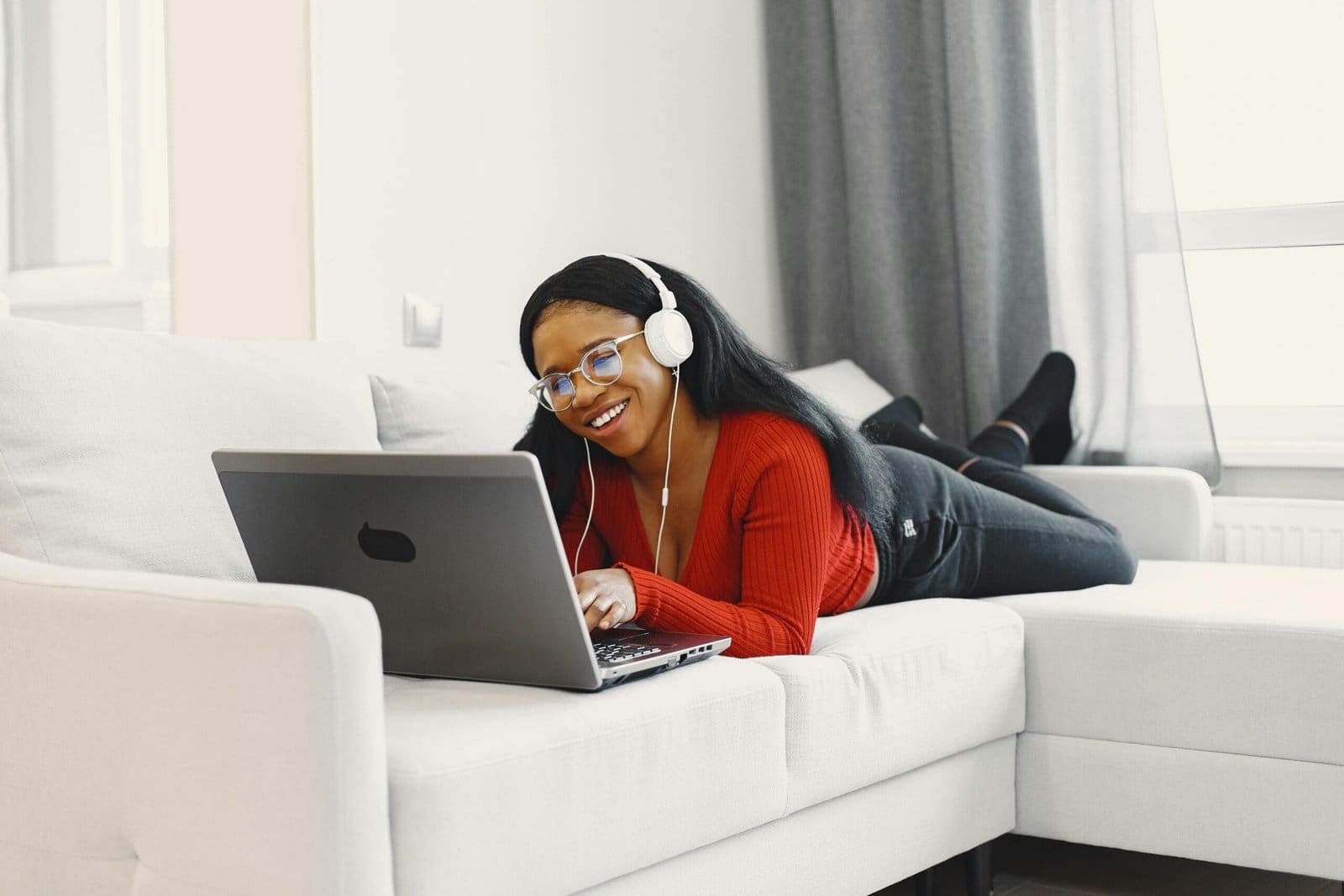
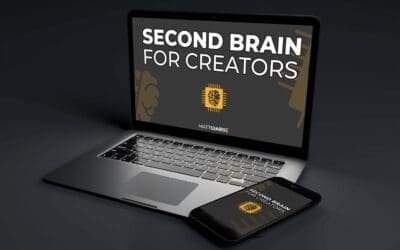



0 Comments